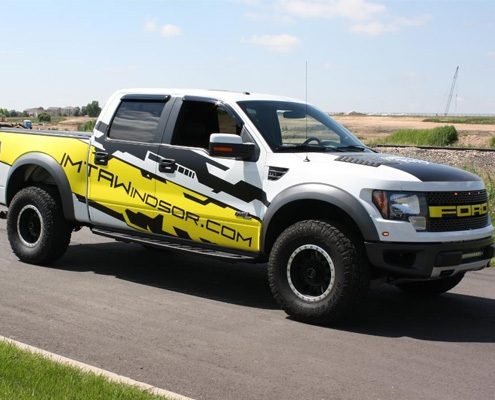Auto decals and car wraps have been in use for a really long time, even before the television, radio and the relatively younger sibling Internet came into the scenario. They were one of the most effective methods for advertisement and promotion in the good old days. Surprisingly they haven’t lost their charm even today, and you can see vehicles in full wraps and partial wraps plying the roads every now and then. In this article, we will basically discuss full and partial car wraps – what is the difference between them?
Before we head over to discussing the difference between the full and partial types of car wraps, let’s analyze what they are used for. Both of them serve almost the same board purpose – advertising and promotion. Whether a company wants to inform about its launching date, the opening of a new store, a new product launch, creating awareness about a business event or simply wanting to stay in the mind of customers, the full and partial wraps do their job well.
What are the full wraps?
The full wraps are when the entire vehicle is covered in the vinyl wraps, along with the wheel, windows, and doors. You might have seen those large Volvo buses or RV trucks with full wraps. The roof is the only part that’s usually left out because it is not visible. The full wrap styles have their own pros and cons.
Pros:
- You get a large surface area to display advertisement
- Grabs customer attention as the text can be written in larger fonts
- Bigger images get more views from prospective customers
- Phone numbers and emails are clearly visible
Cons:
- Spoils the aesthetic appeal of the vehicle
- Costs more
- Difficult to install
What are the partial car wraps?
The partial car wraps usually cover only one-fourth to three-fourth part of the vehicle. The partial wraps fall in the range of the full wraps and auto decals. Just like auto decals, the partial car wraps covers only the important parts of the vehicles which are the sides, the front and may be the back side.
The partial car wraps usually make use of only one color or two colors at the maximum. It might also include business information such as logo, email, phone number tic.
Pros:
- Cost effective means of advertising
- Displays logo and business contact information
- Easy to install
Cons:
- Less efficient than a full wrap
- Quickly forgotten
ConClusion:
While both the full wraps and partial car wraps do the same things, the placement of the logo, the colors used, and the font of business contact information create a lot of difference. There’s no denying that full wraps create a more powerful impression, but in some cases, a partial wrap may just be enough.


